10 Can't-Miss Tips for Capturing Exceptional Macro Images
Macro photography means capturing very small subjects in a way that makes them appear magnified in the final photo.
It’s a unique and absorbing branch of photography that allows you to unveil fascinating details of the world. Not only can you produce creative photos, but it’s such a rewarding genre of photography.
Undoubtedly, macro photography is fun. In this article, you’ll learn the most important tips that will allow you to take your macro photography to another level.
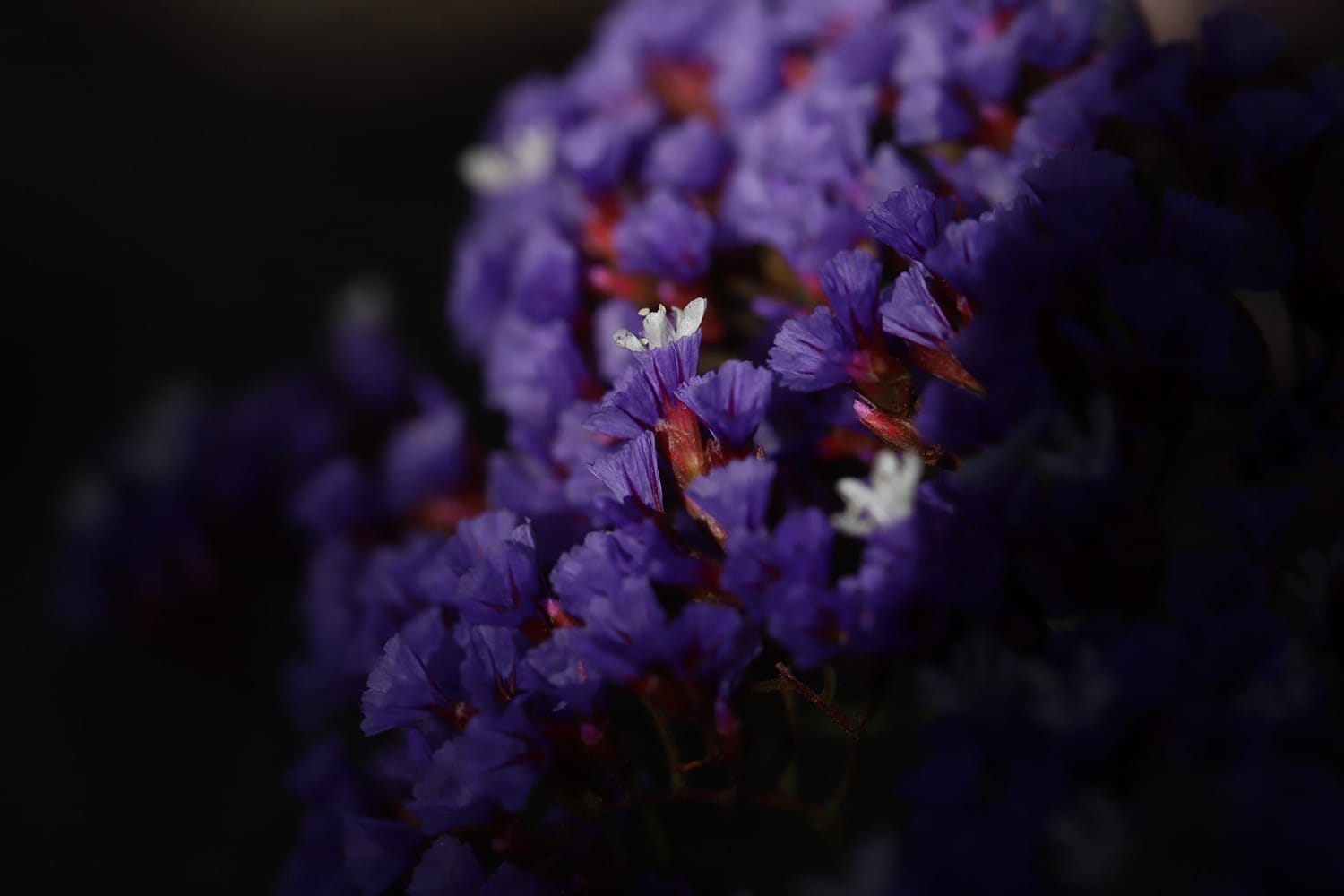
1. Get the Right Macro Lens
Many cameras offer a built-in macro mode that you can access through settings or menus. But a lot of them don’t provide more than a 1:1 magnification. For high-quality macro images, nothing beats a dedicated macro lens.
You can find tons of macro lens options available on the market that come with 1:1 magnification. Keep in mind that premium quality macro lenses can get very expensive, though. That being said, they are worth the price if you want to produce stand-out macro photos.
Pro tip: It’s advisable to use a flat field macro lens to capture macro shots of flat objects such as stamps, coins, and the likes. It will allow you to make sure that your photos have edge-to-edge sharpness.
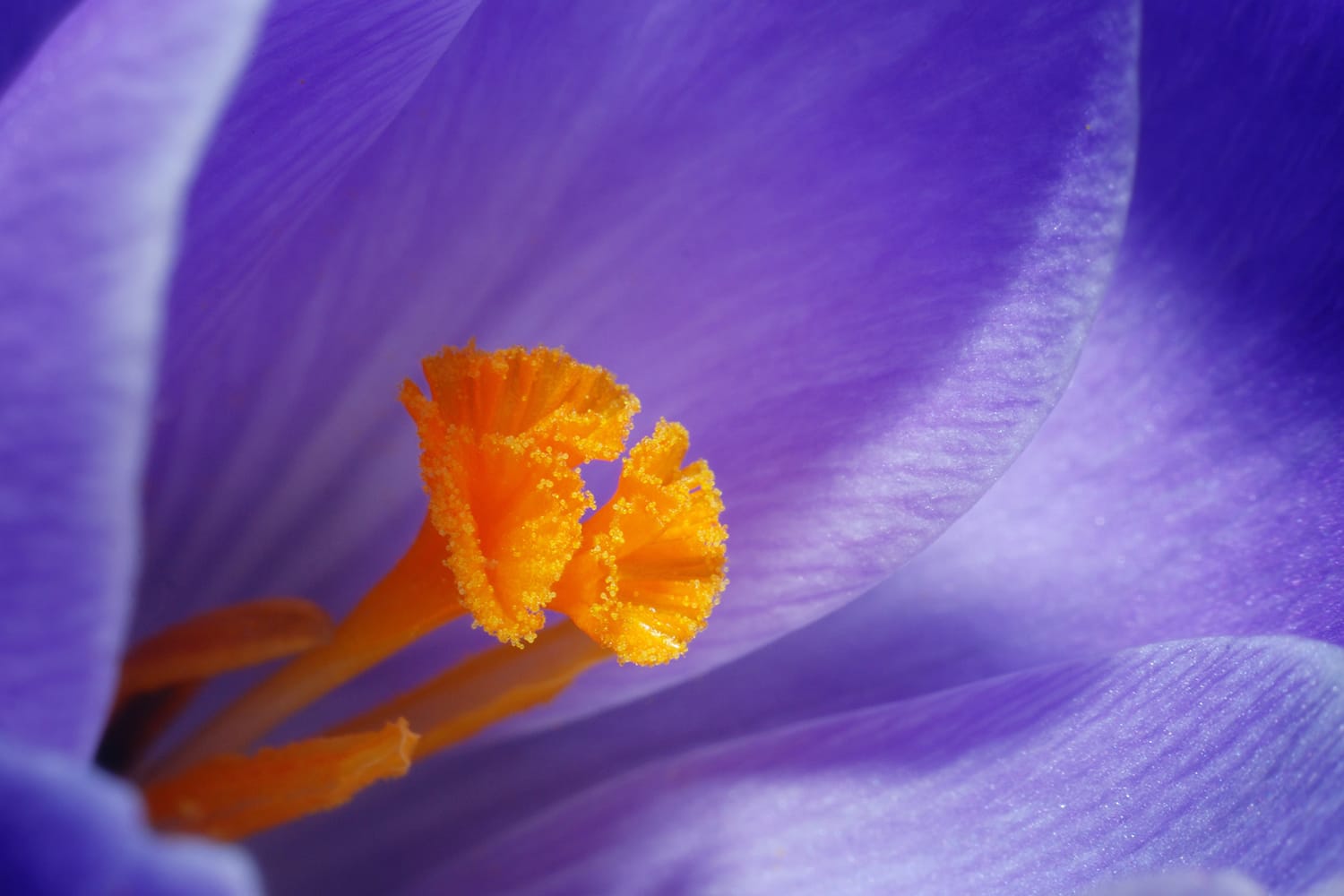
2. Substitute Subject
It’s a general perception among beginners that anything can easily make a great macro subject, but that’s not quite true.
Certain subjects don’t offer a lot of context when shot with a macro lens. It’s all a matter of aesthetics and preferences, but it’s difficult to appreciate a macro image when the subject is unrecognizable.
On the other hand, there is indeed a market for abstract macros.
You can also find photos that don’t convey any story but appear attractive and pleasing.
If you’re just getting your feet wet with macro photography, I’d recommend capturing common subjects such as tiny insects, raindrops, butterflies, and other textural elements.
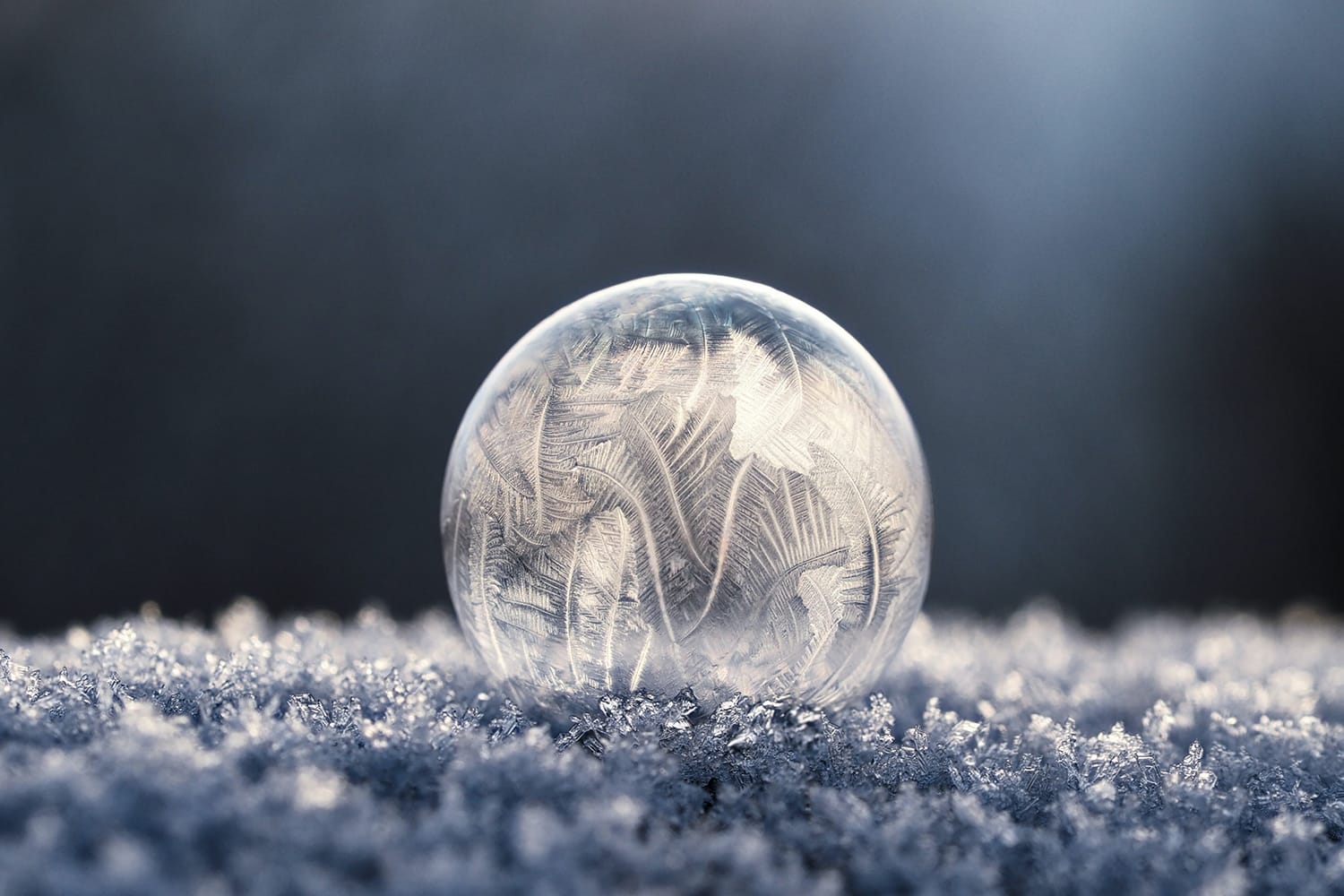
3. Customize Your Background
It’s easier to capture inanimate objects as you have control over lighting, positioning, and the background. Depending on the composition, make sure that your subjects don’t clash with each other while placing them against your desired background.
Most people keep it very simple by positioning their subject a little farther away from the contrasting background. It allows them to achieve a beautiful background blur that directs the viewers’ attention to the main subject.
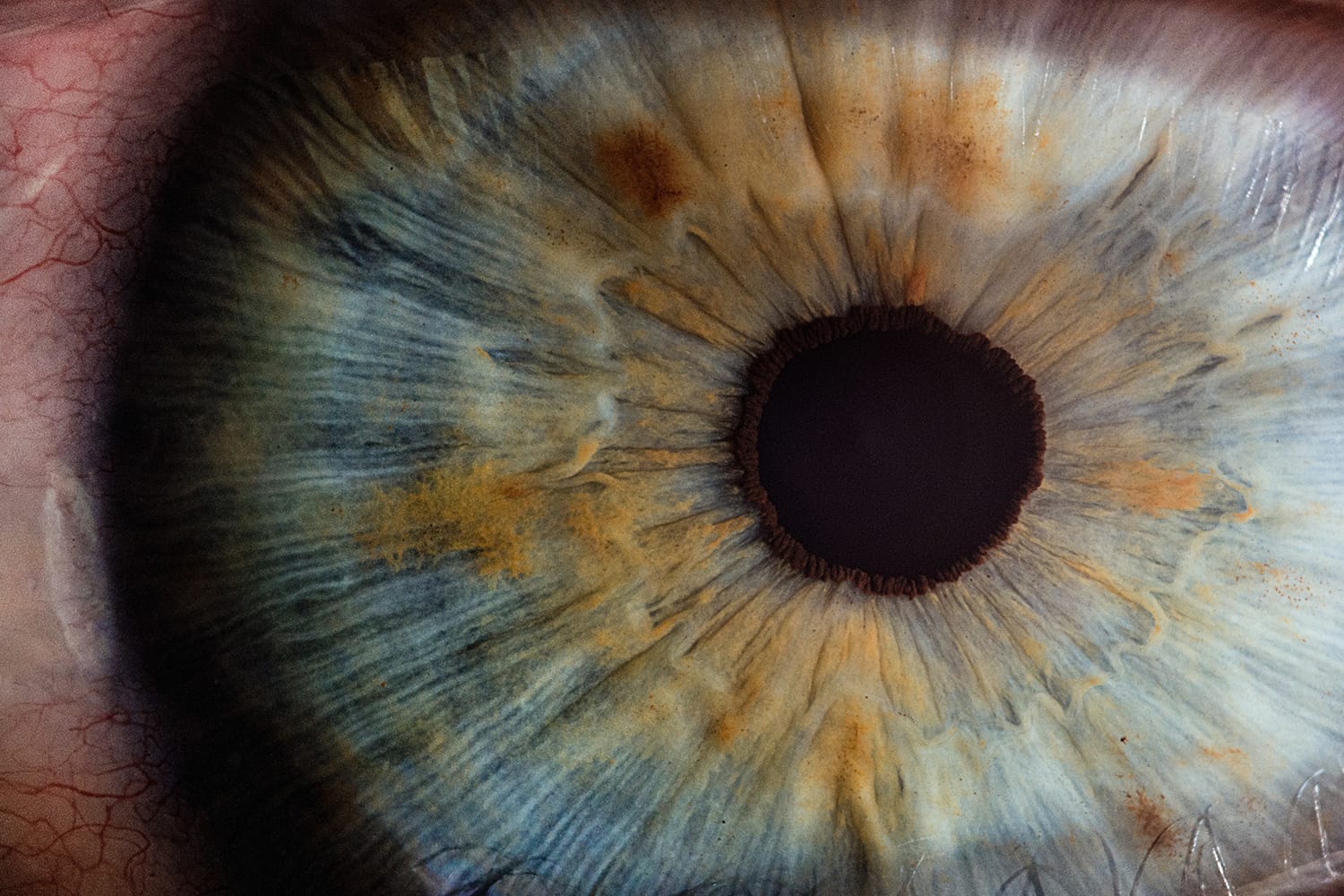
4. Longer Focal Length
If you are passionate about capturing macro photos of living subjects, then consider getting a macro lens that allows you to achieve longer focal lengths.
Especially for non-human living subjects like animals, it’s challenging to get a good shot when there’s a risk of frightening the subject by getting too close. Longer focal lengths allow you to get closer to your subjects digitally while shooting without affecting the natural environment around them. Try going for a macro lens that offers something above 90mm. Of course, a tripod is a must-have in this case.
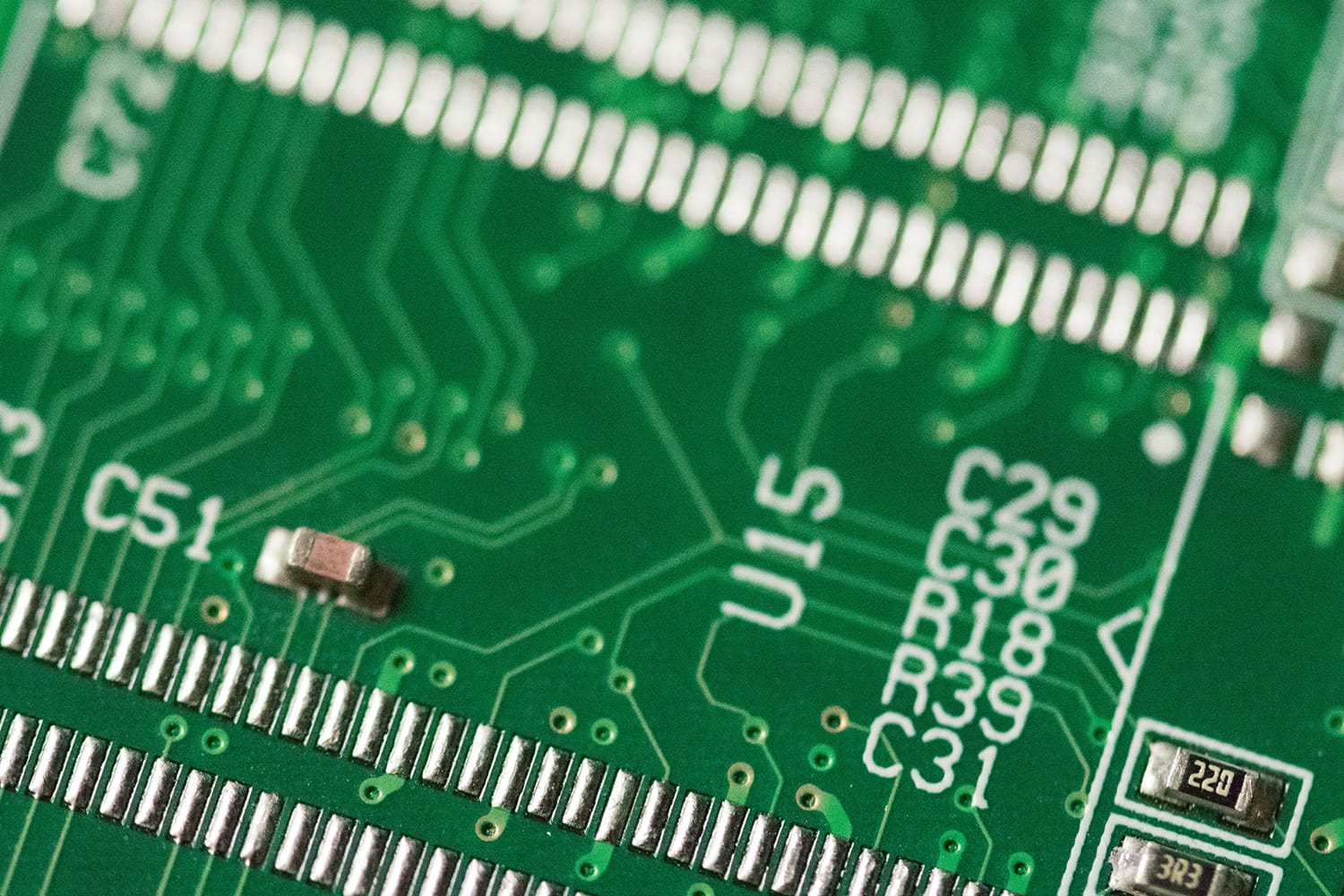
5. Assistive Accessories
If you’re on a budget and can’t afford a high-quality macro lens at the moment, then there is nothing to worry about. You can achieve close to the same results if you use the right assistive accessories such as a macro filter. It’s sometimes also regarded as the “poor man’s macro lens.”
Basically, it’s a magnifying glass or a close-up filter that you can attach to your normal lens. You can also use tubes or bellows as expendable parts of your current camera for macro photography.
These are some of the best assistive accessories that can help you achieve the same results you would get from a high-quality macro lens.
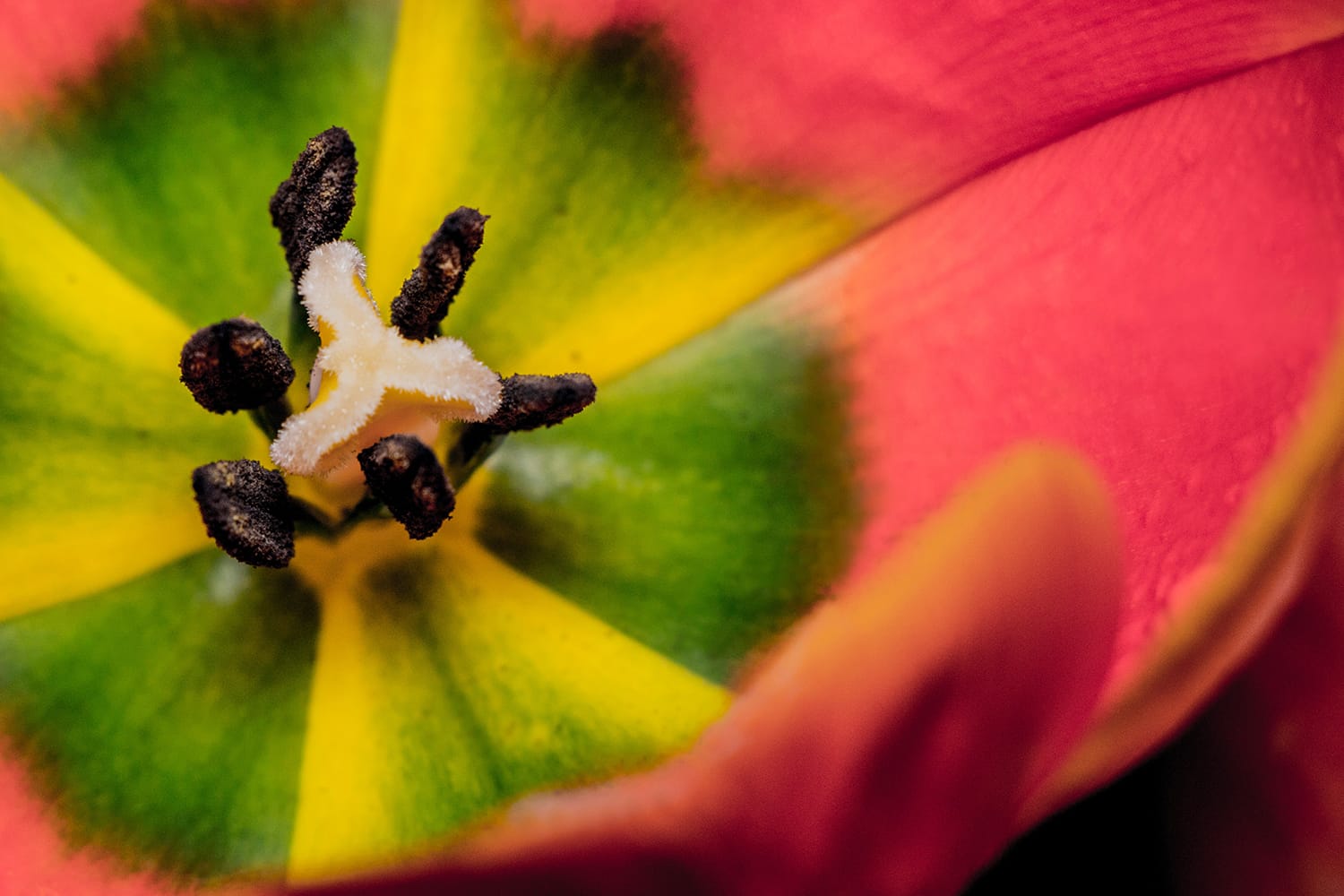
6. Depth of Field
Many novice and intermediate photographers will “cheat” a little bit by going with a smaller aperture to increase the depth of field, but the pros know that’s not the best solution.
It’s not wrong, technically, but it can affect your photo’s sharpness a great deal as it diffracts and reduces the light. Achieving a perfect balance between the depth of field and desired sharpness is one of macro photography’s biggest challenges.
If you can capture a photo with the desired sharpness, then you only need to find the right (largest) aperture that doesn’t blur out your main subject. You can also capture a photo with less magnification to maintain the balance between the depth-of-field and sharpness if you can crop the image in post-processing rather than in the shot itself.
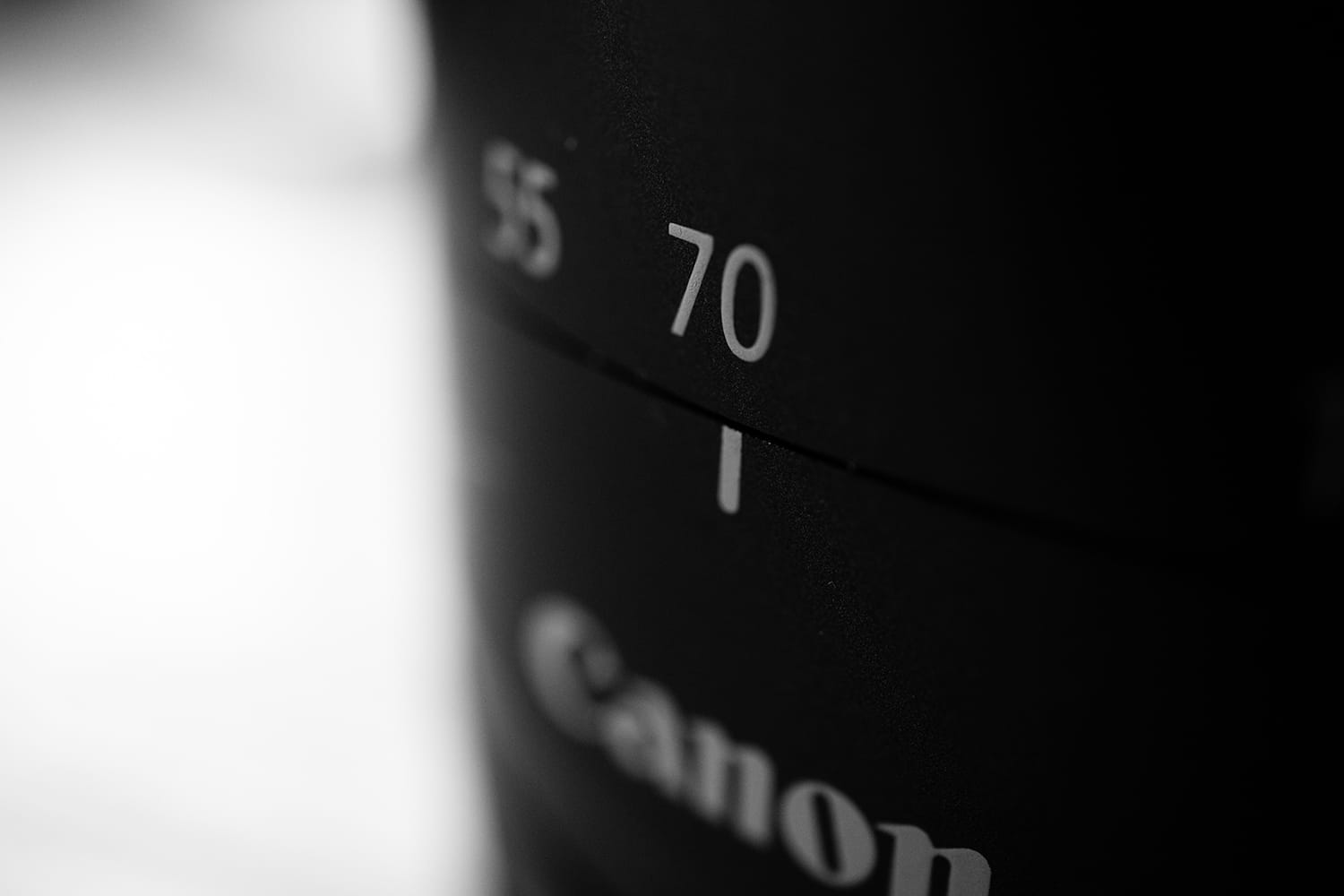
7. Lighting
Regardless of the type of photography you’re into, lighting by far is the most important factor that can make or break your photos. Macro photography is no exception. All photographers can stand to benefit a great deal from good lighting conditions.
You can use light to improve exposure settings to produce artistically and compositionally-sound photos. It’s recommended to use faster shutter speed while capturing any moving objects. Moreover, you can also use a ring flash to use smaller apertures.
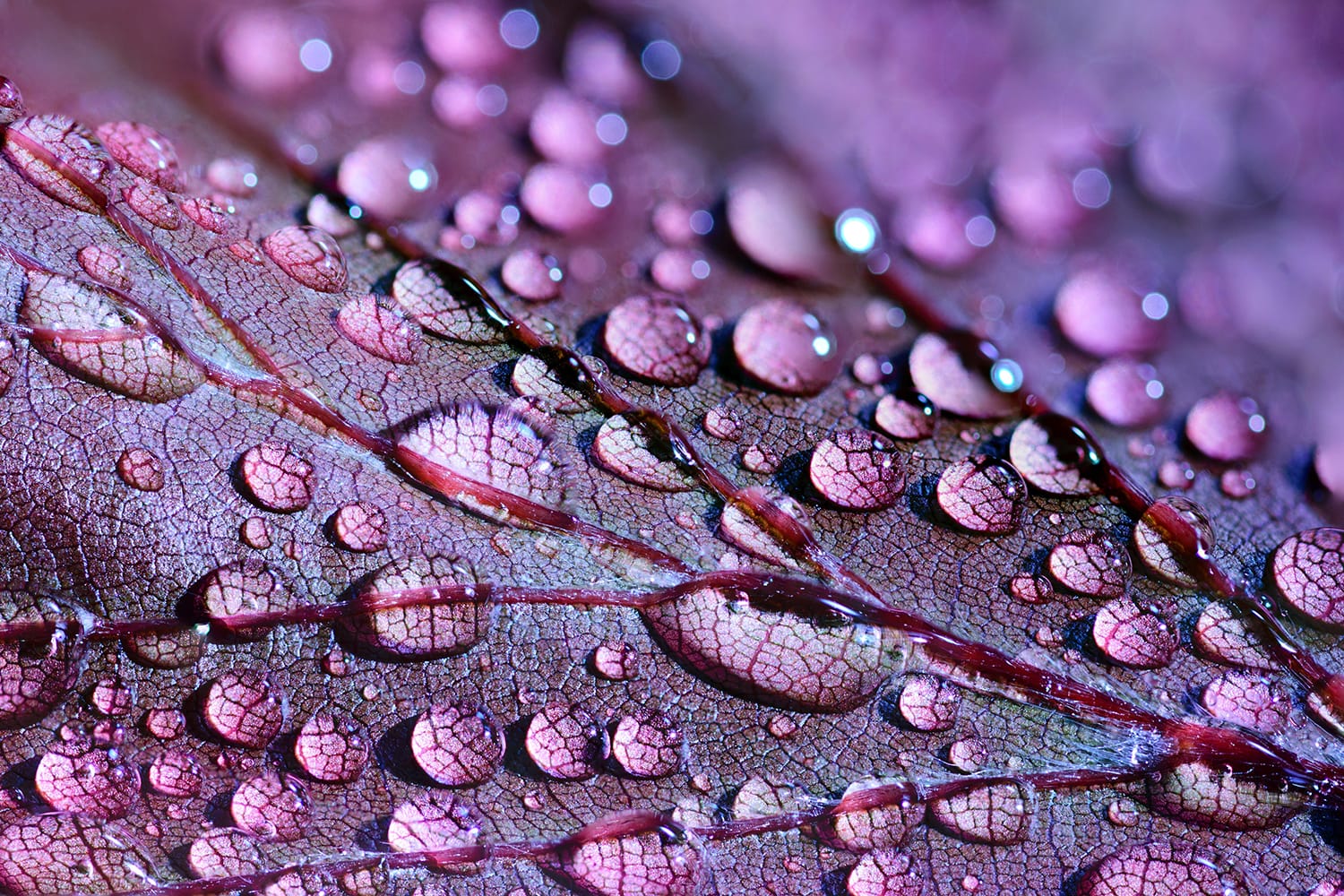
8. Composition
Improving your composition in-camera can work wonders in macro photography. In simple words, you need to frame your subject matter properly before capturing it. It’s usually better than trying to correct your photos’ composition by relying on post-processing (though it’s entirely doable.)
It becomes even more critical in macro photography as you’ll need to crop your photos which would decrease the resolution. Try increasing the magnification while capturing a picture instead of cropping it afterward. Not only will it allow you to have the original resolution, but it will also help you to improve your overall macro photography skills.
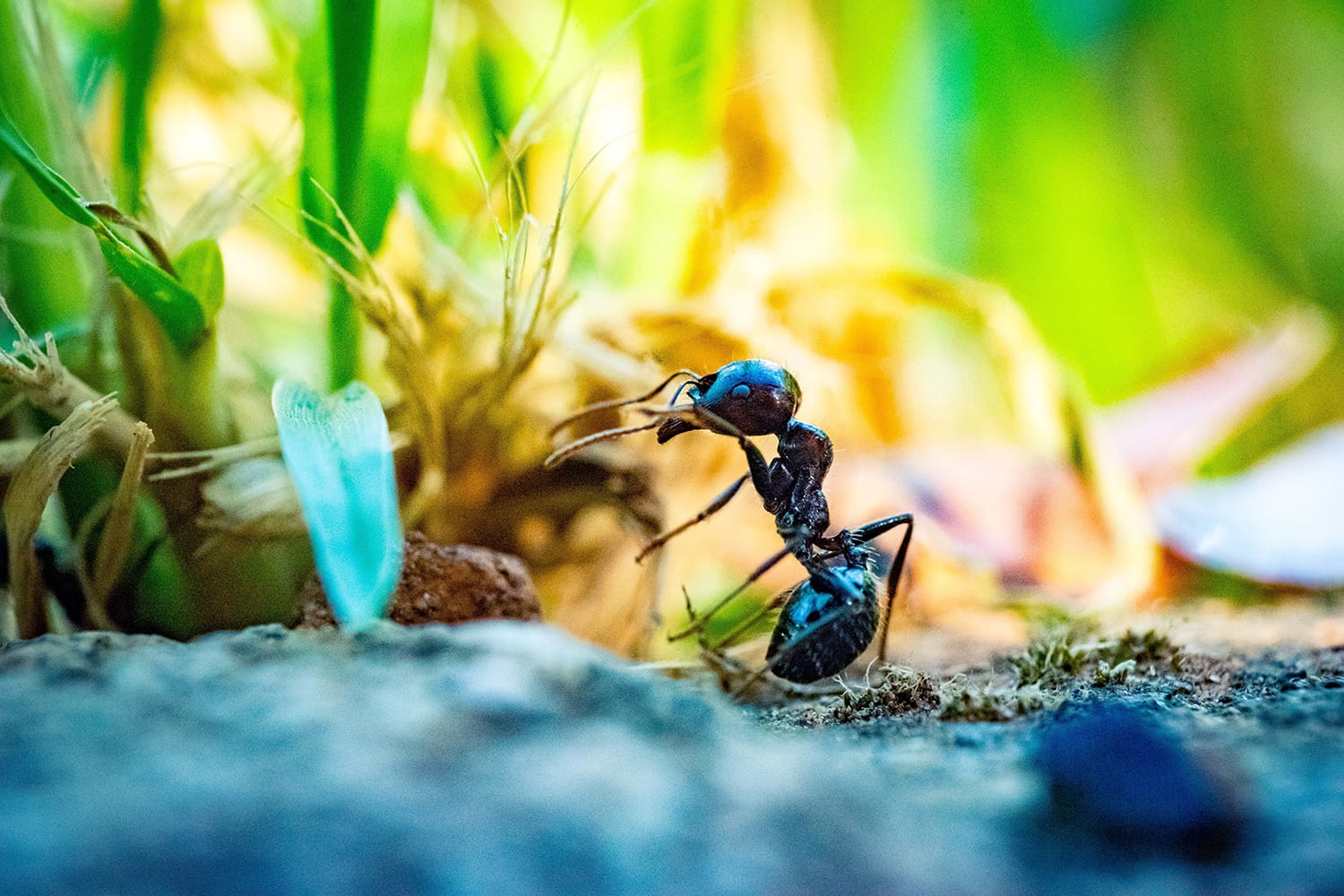
9. Be Patient
Photography is an art that demands patience. You might have to wait hours to capture the desired masterpiece at precisely the right moment. Many things affect your photos’ quality, and being in a hurry is one of the biggest ones.
You don’t want to end up having an array of blurred and out-of-focus photos having no context. So, take your time, improve your composition, and only press the shutter when you’re fully ready.
Once you’re used to it, it will become the way you capture all your photographs. This way, you’ll know that each shutter click will add something valuable to your collection that you can display proudly.
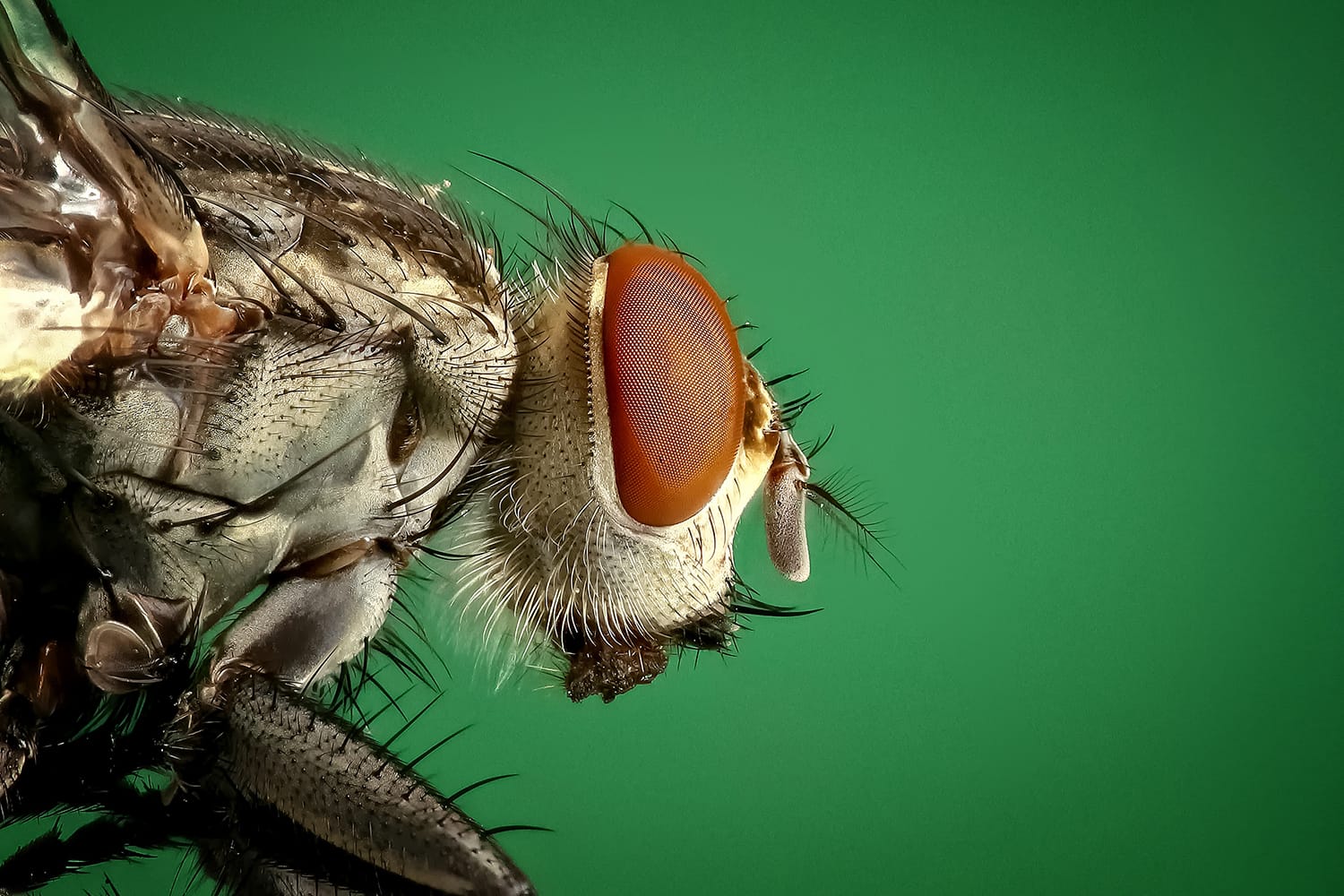
10. Details
If you’re passionate about macro photography, your goal might be to capture details, shapes, and textures.
Consider adding empty or negative space to your photos to direct your viewers’ attention to the most important details of your main subject. Filling up a photograph with the main subject usually feels overpopulated and such images aren’t considered aesthetically sound. But, like everything else in the world of photography, your mileage may vary — there is no right or wrong.
Final Word
Macro is a unique form of photography, but just like any other style, it requires practice. I hope that this article will help you to take your macro photography game to the next level.
